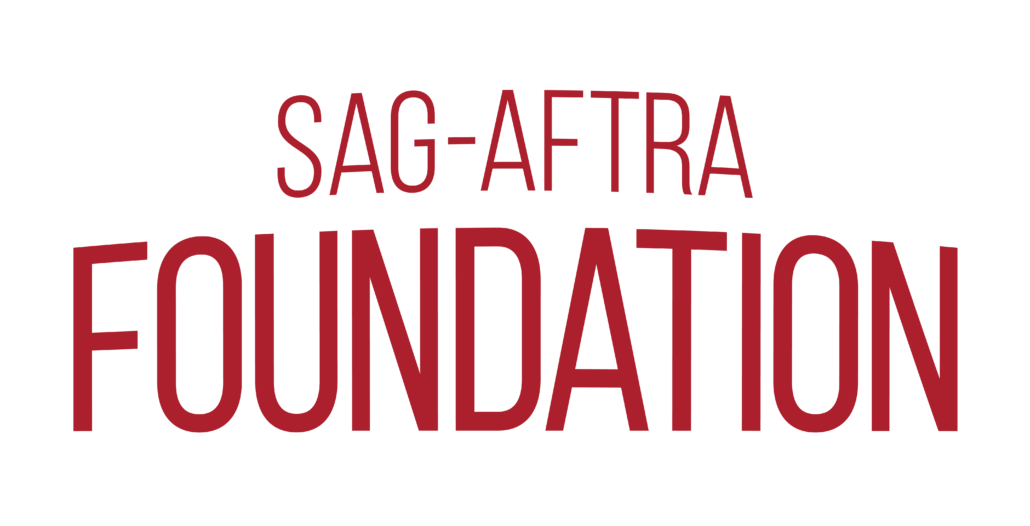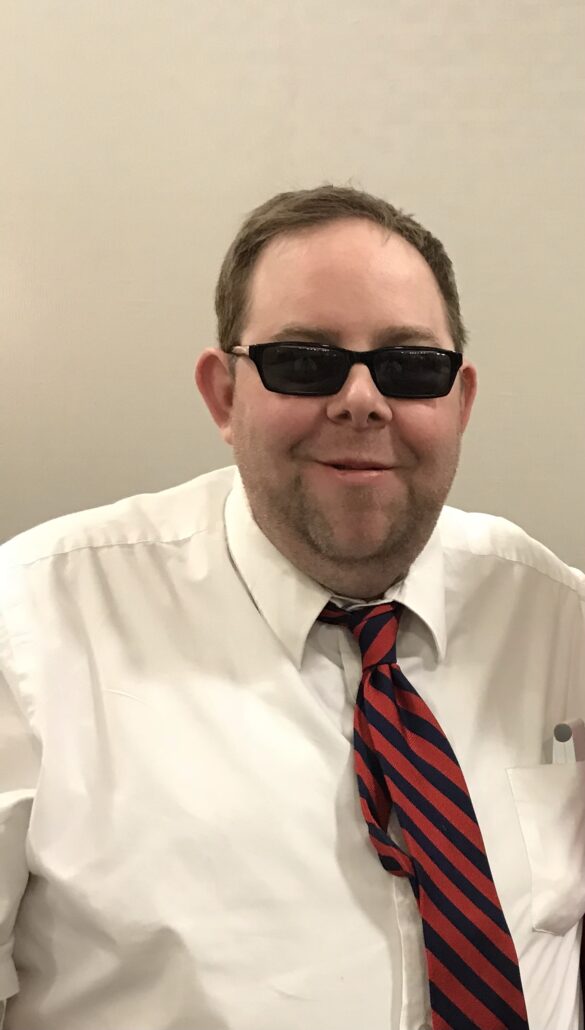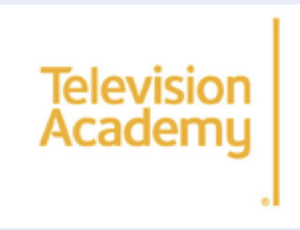March 2025 was pure magic. I had the joy of attending the Garden State Film Festival screening of the powerful documentary “Possibilities,” for which I produced the audio description.
Even more meaningful? Sharing the room with some of the extraordinary collaborators who helped bring this accessibility layer to life: AD writer and accessibility champion Colleen Connor, the brilliant voice of AD performer Satauna Howery, director Bill Sarine of Beachglass Films, and Tony Stevens from the American Foundation for the Blind.
Connecting in person for this open AD screening reminded me why we do this work: for inclusion, for immersion, for connection. And then – our hearts grew three sizes bigger – Possibilities won the Broader Vision Documentary Award!
Huge congratulations to the storytellers, producers, and the entire crew. Your commitment to equity and artistry is what flourishing looks like.
More at https://www.afb.org/news-publications/media/possibilities (and watch the trailer)
American Foundation for the Blind (AFB)
Tony Stephens
Audio Description Training Retreats
Jeff Ross
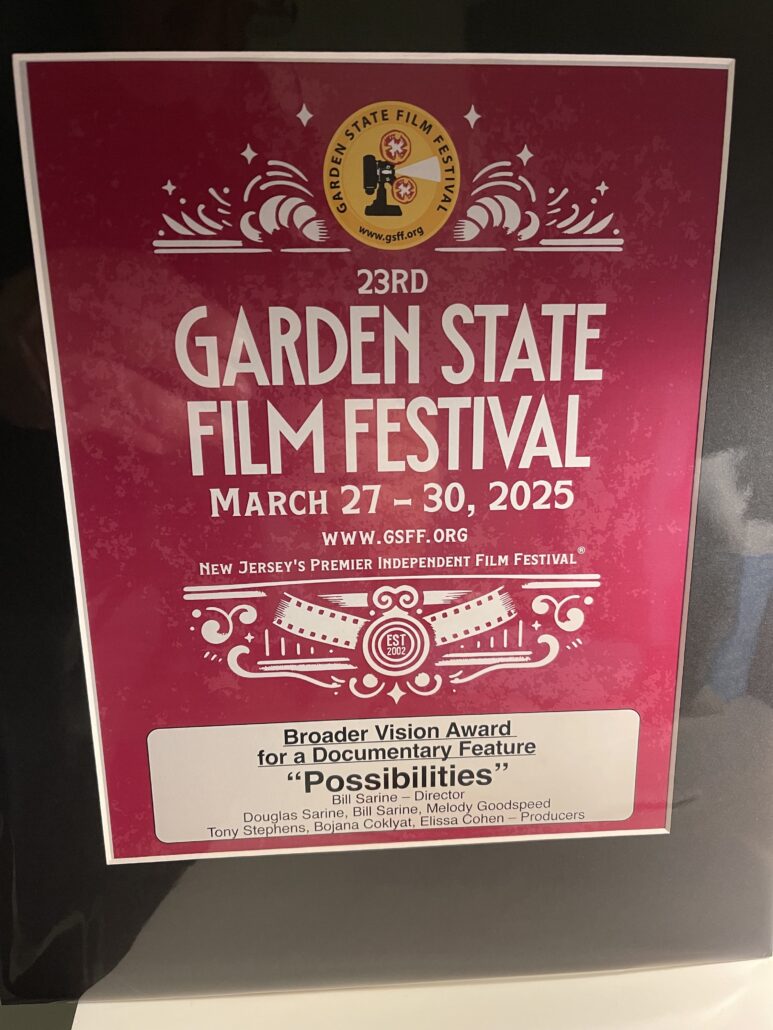
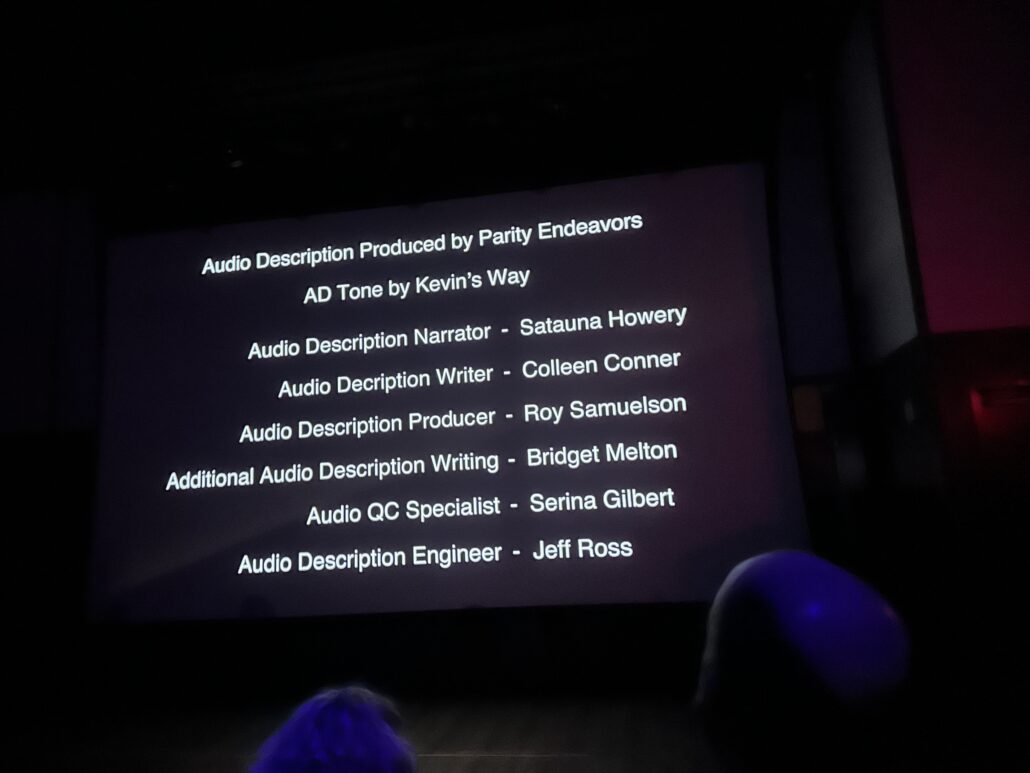
ID (& ALT): An award from the 23rd Garden State Film Festival
March 27–30, 2025
www.gsff.org
New Jersey’s Premier Independent Film Festival
⸻
Broader Vision Award for a Documentary Feature
“Possibilities”
Bill Sarine – Director
Douglas Sarine, Bill Sarine, Melody Goodspeed, Tony Stephens, Bojana Coklyat, Elissa Cohen – Producers
⸻
on screen credits:
Audio Description Produced by Parity Endeavors
AD Tone by Kevin’s Way
Audio Description Narrator – Satauna Howery
Audio Decription Writer – Colleen Conner
Audio Description Producer – Roy Samuelson
Additional Audio Description Writing – Bridget Melton
Audio QC Specialist – Serina Gilbert
Audio Description Engineer – Jeff Ross


